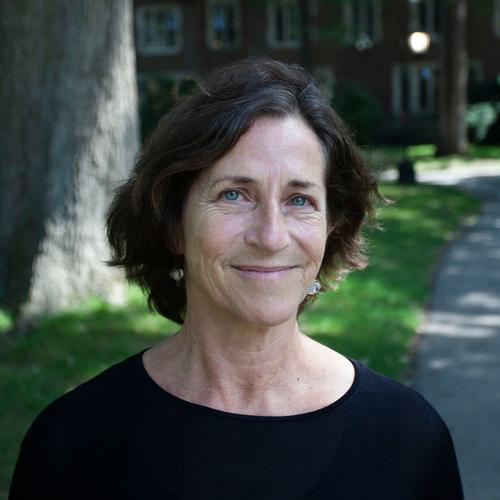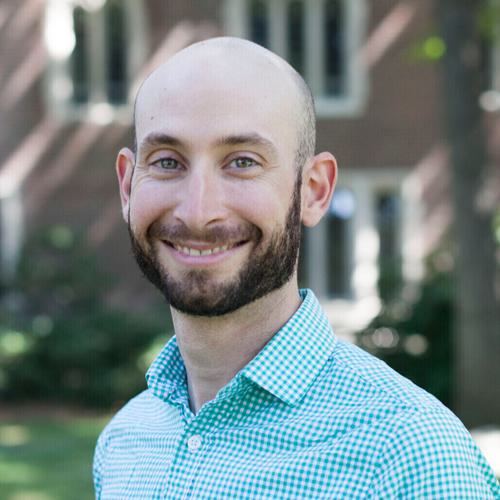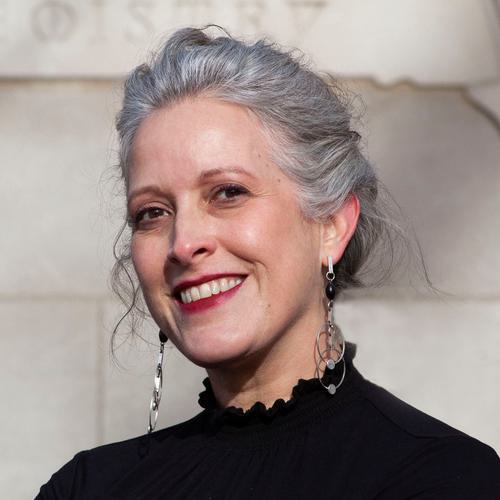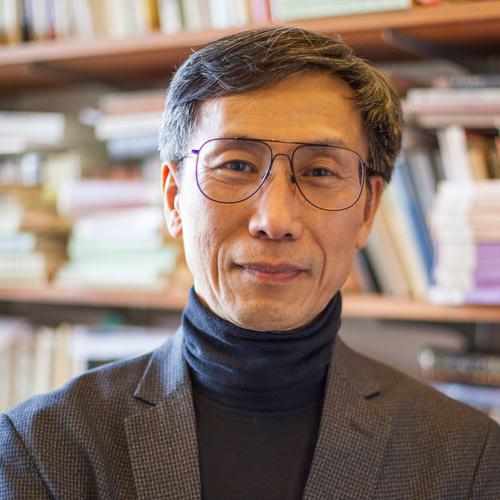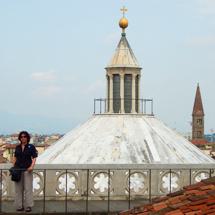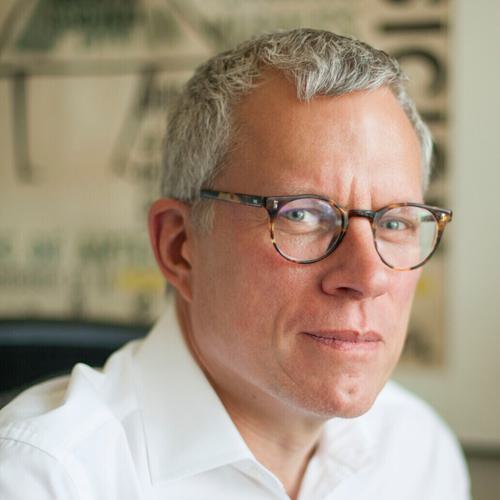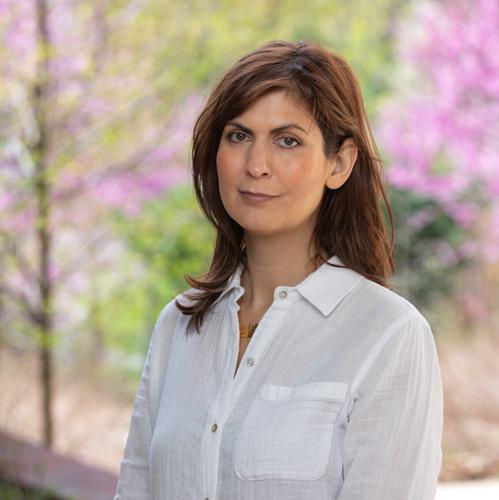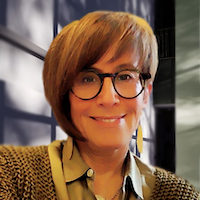Art History
Academic Program Introduction
Our internationally recognized art history program, one of the oldest in the country, focuses on critical visual literacy for all liberal arts students through a wide variety of innovative courses analyzing images, objects, and architecture. Our historical, critical, and thematic courses provide a deep and rich understanding of our discipline as well as the critical tools every undergraduate needs to navigate an increasingly complex visual world; learning to look closely and analyze is essential to a liberal arts education in the 21st century. Our close relationships with the other programs in our department, as well as Wellesley’s own Davis Museum and Special Collections, are essential to our goals, as are field trips to museums and other institutions in the Boston area and beyond.
Learning goals
Acquire knowledge of major art and architectural traditions across the globe from antiquity to the present day.
Apply interdisciplinary methodologies, critical theories, and professional ethical codes to interpret art and architecture.
Develop the critical skills of visual, formal, material, and spatial analysis.
Analyze the important ways in which visual and material culture intersects with, and contributes to, the social, philosophical, scientific, and political spheres.
Programs of study
Art history major and minor
Students will gain a critical awareness of visual culture and knowledge of art in its historical and global contexts. Explorations in practice enable students to make unexpected and transformative connections among images, ideas, materials, and histories.
Course highlights
Seminar. Beyond Iconoclasm: Seeing the Sacred in Islamic Visual Cultures
ARTH347
How do images, or their absence, shape belief, power, and identity? In the Islamic world, sacred images have been celebrated, contested, erased, and reimagined across centuries. This course explores the shifting roles of sacred imagery—from depictions of holy figures and places to talismans believed to hold divine power. We’ll dive into big questions, including debates over iconoclasm and aniconism, the power of images to protect or provoke, and moments in history when new attitudes toward images emerged. Spanning from the seventh century to today, this course invites students of all backgrounds to rethink the role of sacred art in shaping culture, politics, and faith.
-
African Art and the Diaspora: From Ancient Concepts to Postmodern Identities
ARTH292
We will investigate the transmission and transformation of African art and culture and their ongoing significant impact on the continent, in Europe, and in the Americas. This course explores the arts of primarily western and central Africa, including the communities of the Bakongo, Yoruba, and Mande, among many others. The influences of early European contact, the Middle Passage, colonialism, and postcolonialism have affected art production and modes of representation in Africa and the African Diaspora for centuries. Documentary and commercial films will assist in framing these representations. The study of contemporary art and artists throughout the African Diaspora will allow for a particularly intriguing examination of postmodern constructions of African identity. (AFR 292 and ARTH 292 are cross-listed courses.) -
The Power of Images: An Introduction to Art and its Histories
ARTH100
Art matters. Because images, buildings, and environments shape our ways of understanding our world and ourselves, learning how to look closely and analyze what you see is a fundamental life skill. Within a global frame, this course provides an introduction to art and its histories through a series of case studies from the ancient world to the present day. Through the case studies, we will explore concepts of gender and race, cultural appropriation, political propaganda, materials and media, questions of cultural ownership and repatriation, and other historical issues relevant to our current art world. Site visits and assignments will engage with the rich art and architectural resources of Wellesley's campus.
Places and spaces
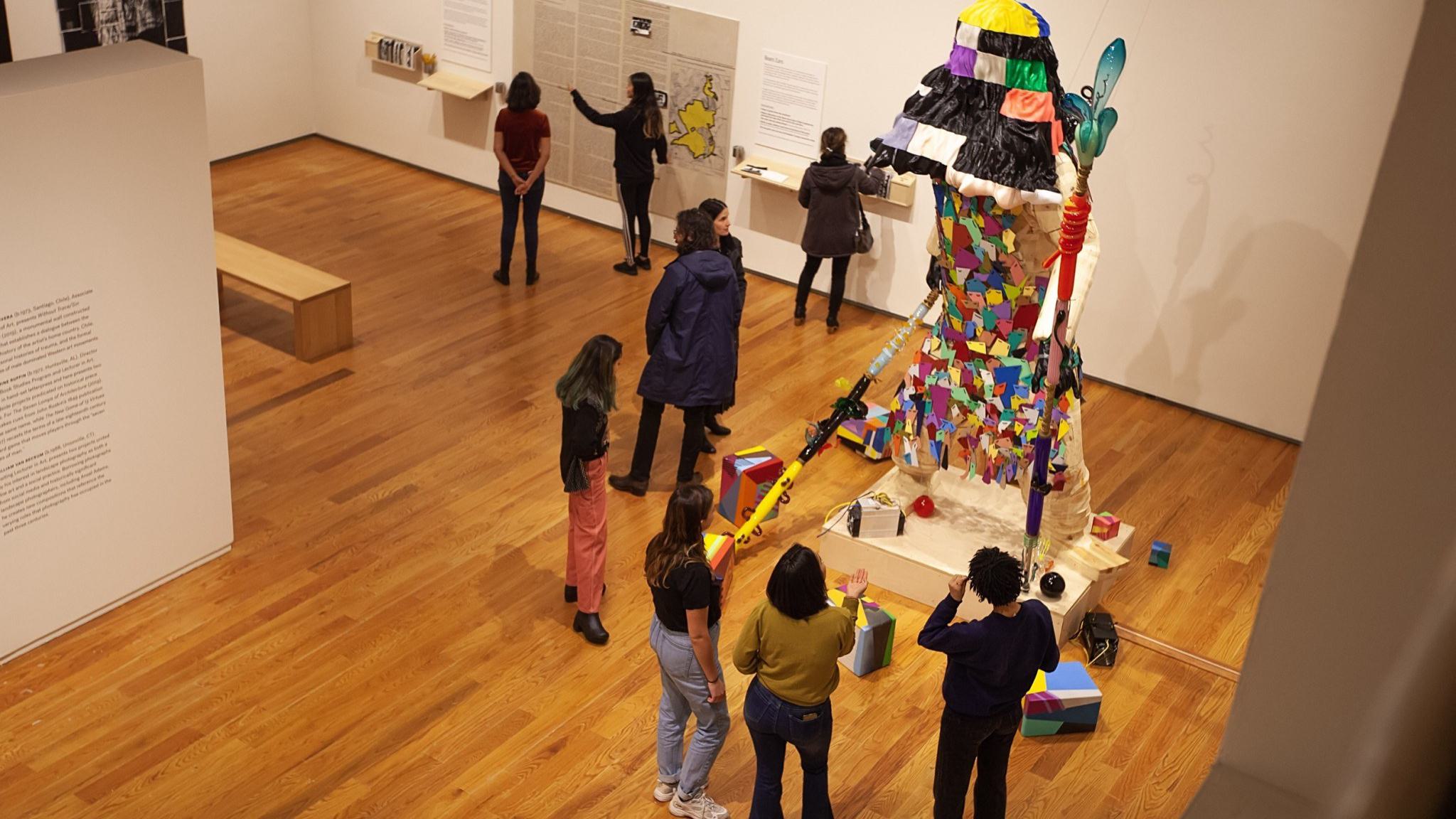
The Davis Museum. Home to a distinguished permanent collection of global art, from ancient Egyptian sculpture to contemporary photography. We make extensive use of the collections to teach with original works of art.
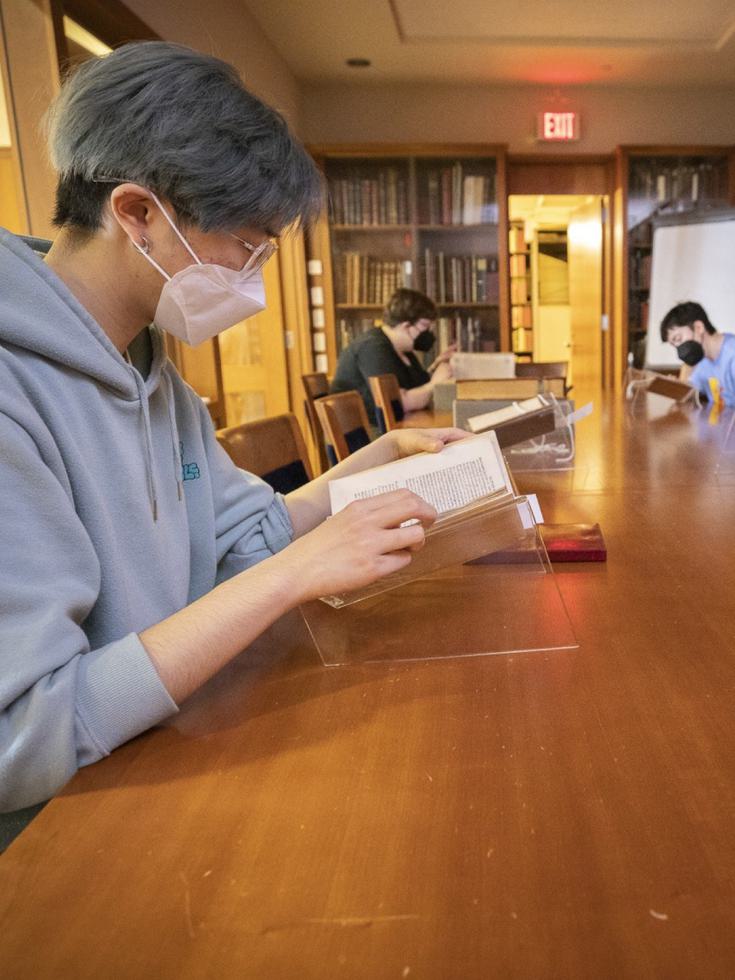
Special Collections. Clapp Library’s Special Collections includes rare books and manuscripts ranging from medieval Islamic manuscripts to the love letters of Elizabeth Barrett and Robert Browning to contemporary artists’ books.
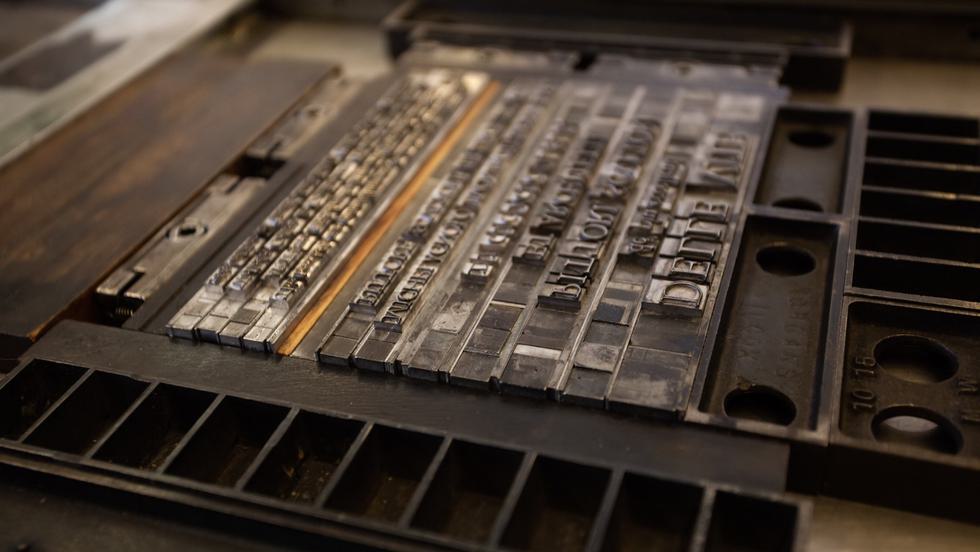
Book Arts Lab and papermaking studio. Students learn typography, letterpress printing, hand bookbinding, and decorated papers techniques in the Book Arts Lab, home to the Annis Press imprint.
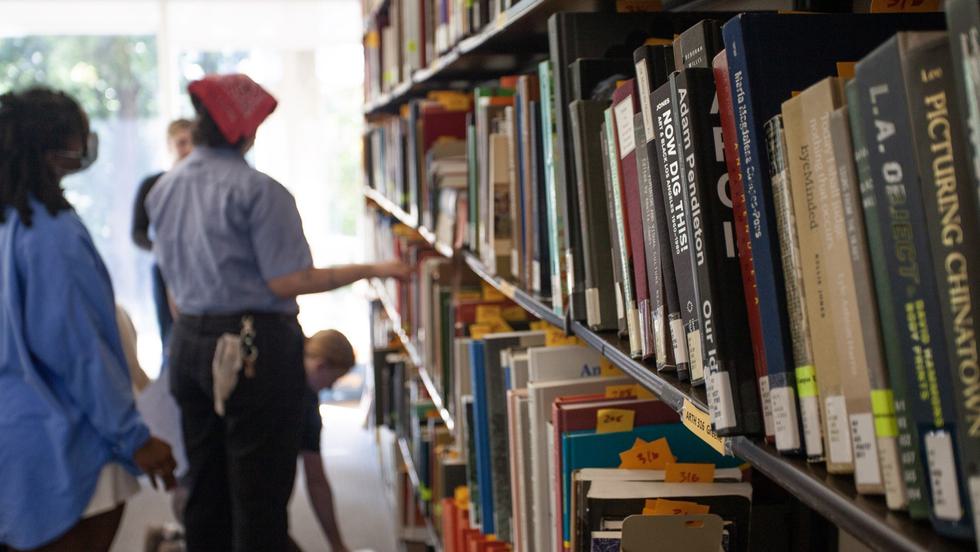
Art Library. Our Art Library is one of the largest of any liberal arts colleges in the United States, covering the history, theory, criticism, and practice of the visual arts. The collection includes books, exhibition catalogs, and periodicals, and students have access to the major databases for research in the field.
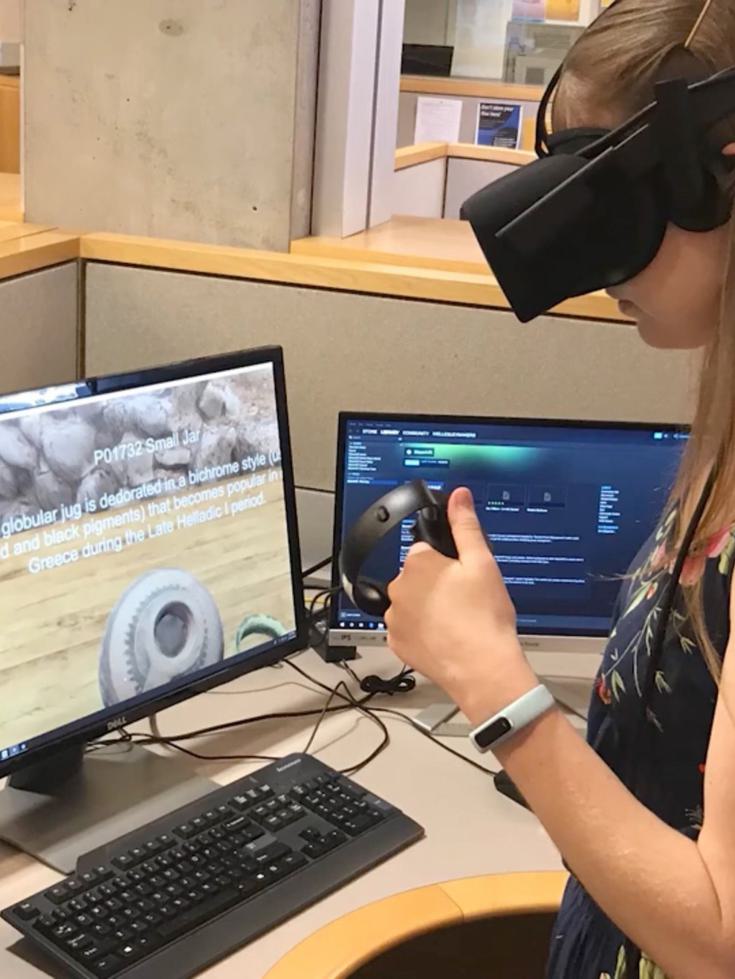
Knapp Media and Technology Center. Resources from the Knapp Center and Makerspace allow for creative study, from headsets for virtual reality experiences of digitally reconstructed ancient Nineveh and Rome, to 3D printers that allow students to recreate Michelangelo’s David.
Botanic Gardens and Global Flora greenhouse. Our curriculum works with Wellesley’s landscape and greenhouses; we examine their history, observe plants, and use them to produce photographs, papers, dyes, and even food from historic recipes.
Research highlights
-

Professor Patricia Berman curated the international exhibition The Experimental Self: Edvard Munch’s Photography, which appeared at eight venues in Europe and the U.S. (2018–22).
-
James Oles, associate teaching professor in art, curated the major transnational traveling exhibition Diego Rivera’s America, which was on view at the San Francisco Museum of Modern Art (2022–23) and Crystal Bridges Museum of American Art (2023).
-
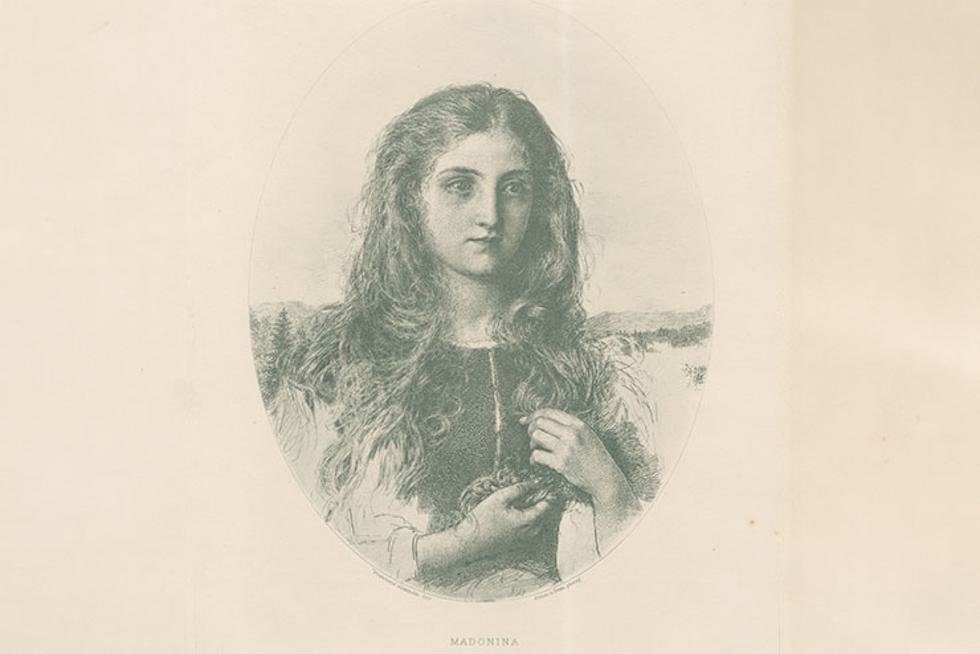
Professor Jacki Musacchio’s book, The Art And Life Of Francesca Alexander (Lund Humphries Publishers Ltd, 2025), examines Alexander (1837-1917) an artist, translator, philanthropist, and Bostonian who lived most of her life in Italy; Alexander was a celebrated member of Florence’s Anglo-American community and her books, three of which were brought to press by the English critic John Ruskin, made her an international celebrity.
Opportunities
-
Study abroad
More than half of our majors and minors study abroad for a semester or a year, allowing them to experience art and architecture around the globe. In recent years, our students have studied in Austria, the Czech Republic, Denmark, England, France, Germany, Ghana, Greece, Italy, Japan, and Spain.
-
Summer opportunities
The Davis Museum Summer Internship provides a paid opportunity for students to work with museum professionals, gain broad exposure to museum operations, practices, and policies, and develop professional skills and experience. The Grace Slack McNeil Internships and the Slade Summer Fellowships provide funding for summer work at museums, galleries, historical societies, and other nonprofit organizations.
-
Boston-area museums
Our curriculum incorporates the collections of the Museum of Fine Arts Boston, the Isabella Stewart Gardner Museum, the Harvard Art Museums, and the Institute of Contemporary Art through specialty courses, class visits, writing assignments, behind-the-scenes tours, and archival research. All Wellesley students are entitled to free admission to the MFA and the Gardner with their ID cards.
-
Funding
The Alice T. Friedman Endowed Fund supports research, travel, internships, or special projects intended to help students prepare for careers in the arts. The Marion Elizabeth Burr Sober ’30 Fellowship provides funds for art majors working on senior theses.
-
Graduate fellowships
The Mary Clothier Slade Graduate Fellowship is an annual competition that provides funding for our graduates to pursue their art historical studies. Graduating seniors can also apply to the Liliane Pingoud Soriano ’49 Curatorial Fellowship at the Musée du Louvre, Paris, an exchange program between the Davis and the Louvre.
Beyond Wellesley
Beyond Wellesley
Our graduates are nationally and internationally known. They are academics, museum professionals, experts in auction houses, art conservators, authors, art detectives, and practitioners of art and intellectual property law, among other professions.
Recent Employers
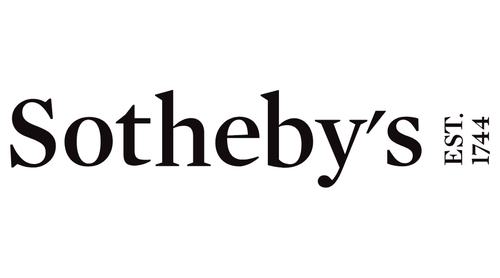
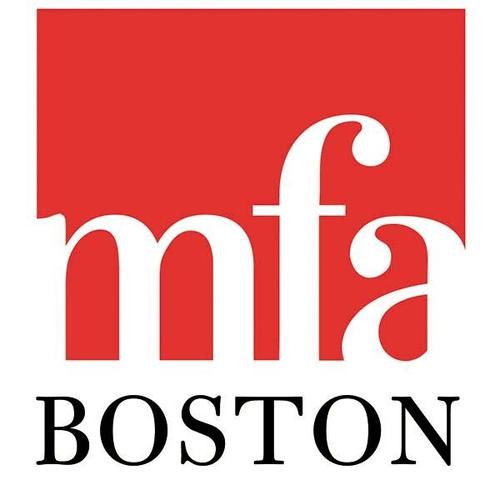
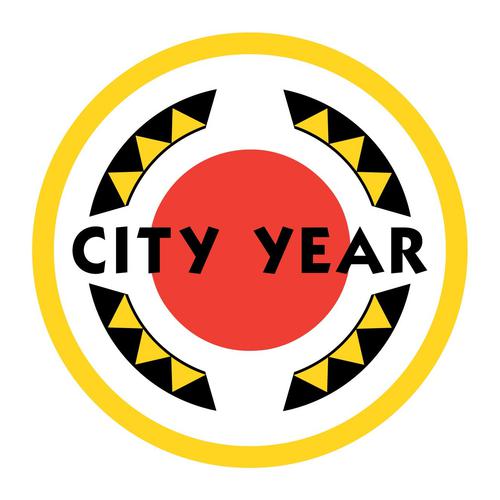



106 Central Street
Wellesley, MA 02481

